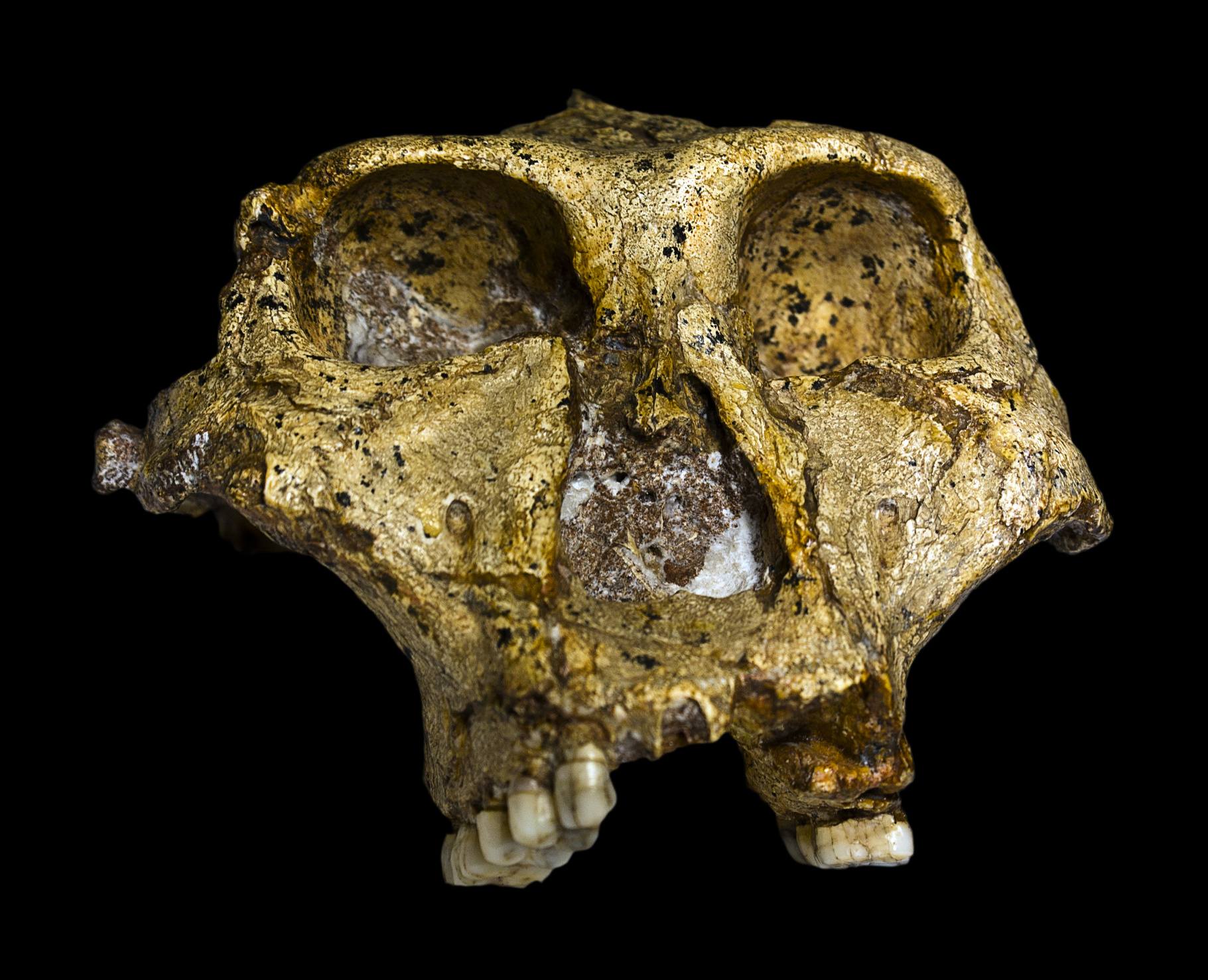Archeologists uncovered the oldest existing human genetic material in the form of two million-year-old tooth fossils.

The specimen appears to have originated from Paranthropus robustus (P. robustus), a type of African hominid. These prehistoric humans had exceptionally large teeth with thick enamel layers.
Nature has reported that it’s the earliest genetic data from any ancient hominid has ever been collected. This data provides insight into the history of hominins, which date back some seven million years.
Investigating the sequence of proteins in enamel
The University of Copenhagen’s protein chemist Enrico Cappellini headed a group that investigated four teeth samples of P. robustus gathered from the Swartkrans cave, located approximately 40 kilometers from Johannesburg.
To gain further insight into the prehistoric human species, the proteins contained in the fossils were subjected to sequencing.
The enamel of the fossils was extensively studied for amino acids by means of mass spectrometry, allowing the researchers to determine the sex of each sample.
Analysis of two samples revealed the presence of amelogenin-Y, a protein which is generated by a gene located on the Y chromosome. This protein being found in the enamel specimens confirmed that the teeth belonged to males.
The presence of the X-chromosome variant of amelogenin in the other two teeth suggested a female origin, although the Y-chromosome variant was absent.
400 amino acids were decoded from all four tooth samples that were examined.
A connection based on evolution
The sequencing procedure resulted in the creation of a “simple evolutionary tree.”
It was revealed that Homo sapiens, Neanderthals, and Denisovan humans inhabiting Siberia over the last 200,000 years were more closely related than Paranthropus.
The research, posted on a pre-print server, suggests that constructing an evolutionary tree with genetic information from fossils could be a groundbreaking advance in the field of palaeoanthropology.
Authors suggest that by analyzing old proteins, scientists may be able to decide the ancestry of Australopithecus afarensis. In recent years, numerous fossil remains of this species have been uncovered, including the well-known and almost complete fossil of Lucy.
The study has been uploaded to the pre-print server bioRxiv. July 03, 2023.



